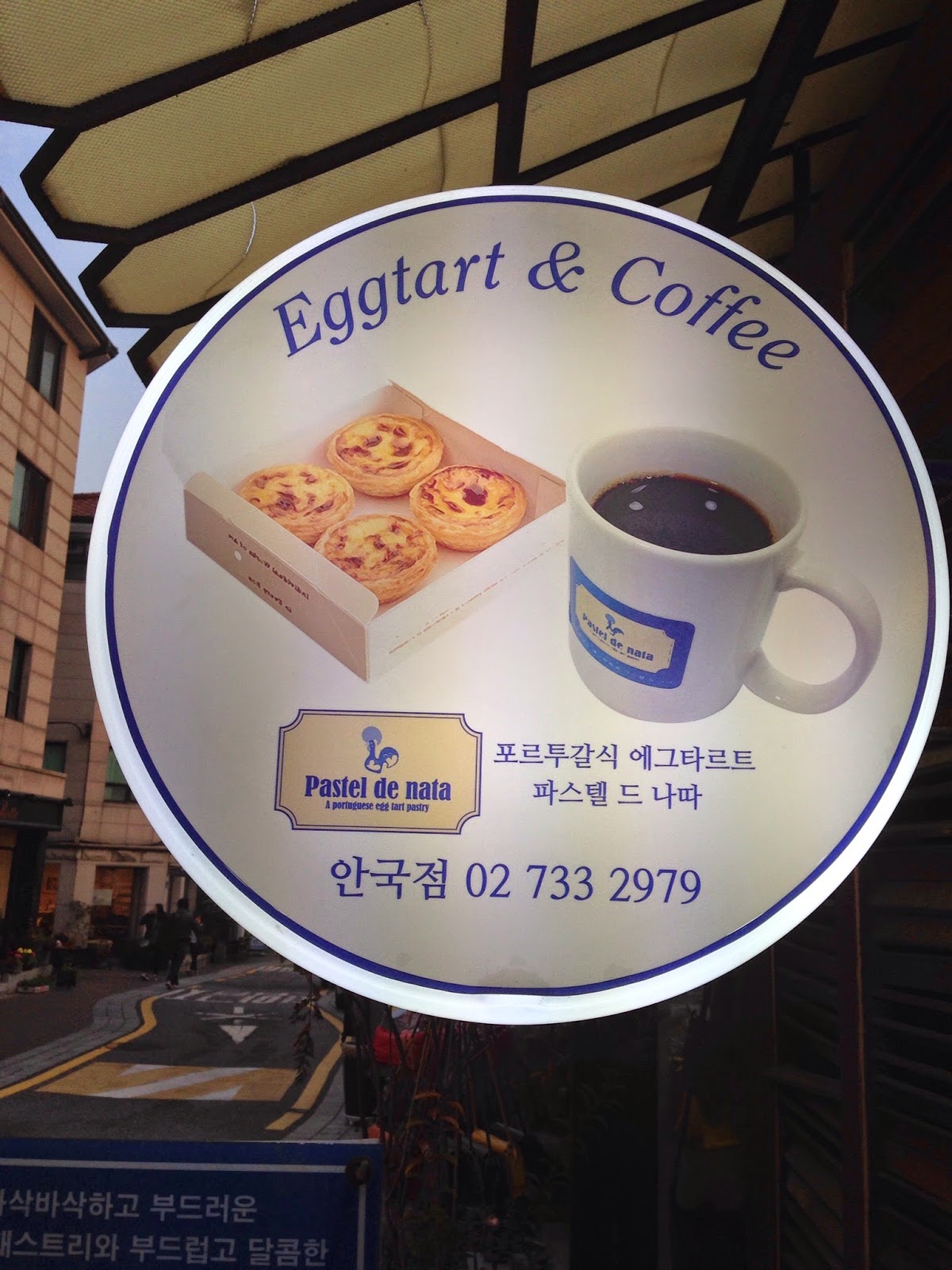I should have written this post almost two months ago but laziness got the upper hand. In October we were in the Japanese tropics for 10 days and absolutely adored it, despite the weather conditions. We have a soft spot for Japan and not even two typhoons (one of them the worst of 2014) could demotivate us.
We started off in Naha. We hoped to do some sunbathing in the first 2 days, so we had booked a hotel in Itoman, 10km south of Naha airport. Our hopes soon kicked the bucket when we realised the first typhoon (Phanfone) was approaching and the swimming pool and beaches were closed for the next days. We pulled ourselves together and decided where to eat. We were told at the hotel that Itoman was bustling, but as far as a small fishing village can bustle!
We had lovely grilled mackerel, noodles with squid ink, sashimi and tempura. We tried for the first time
Okinawan awamori, which is drunk with water and ice. Not our favourite but we left the bottle almost empty. On the way back to the hotel we tried to save a little kitten but in vain. This was not the booze seeing things. There was an actual kitten meowing in the bushes.
 |
| Okinawan Awamori |
The next day we spent it in Naha City, visiting the Shuri castle, which was the palace of the Ryūkyū Kingdom and was almost completely destroyed in the battle of Okinawa in 1945. We strolled along Kokusaidori Street (literally International Street) and had our first Okinawan soba for dinner, and
Okinawan doughnut for desert. The Okinawan soba is actually different from the buckwheat noodles known as soba in the rest of Japan. These noodles look more like udon and sometimes have a curly shape. The broth is closer to a ramen broth. Some restaurants have vegetarian options, but the more traditional ones only have the soba with pork on top.
 |
| Ishigaki soba |
Next day we were off to Ishigaki. The weather was improving and we were happy. The domestic terminal in Naha airport looks more like a nursery than a place where people board planes. The place is packed with orchids.
 |
| Naha airport domestic terminal |
We rented a car in Ishigaki. Driving on the wrong side again… by this time we should already be used to it, after Malta and the Seychelles. International driving license (under 1949 Convention only!) is required for Japan and they really check. The island is small and traffic is almost non-existent except in Ishigaki City. After checking in to our “villa” in Nagura, we drove straight to Kabira Bay, which is postcard worthy when depicting the Yaeyama islands.

 |
| Kabira Bay, Ishigaki island |
If you are in for one of the best culinary experiences in Okinawa, then
Hitoshi Ishiganto should be on our list. Fresh, melting in your mouth sashimi and out of this world seaweed tempura!
Taketomi island was next. We spent a full day there cycling, looking for star sand and being careful not to step on sea cucumbers in Kondoi beach.
 |
| Star sand |
We had a diving tour booked for the next day. Diving spots were south of Taketomi and Kuroshima. The sea was pretty rough on the first spot but better on the second and third. We saw for the first time a
giant moray and that was worth the bumps and the rain we put up with that day.
The second typhoon was already approaching and the north port of Iriomote, another Yaeyama island (second biggest in Okinawa Prefecture), was already closed. We took a ferry to the south port and a bus to the Urauchi River mouth, and then trekked until the Kanpiree waterfalls (Kampirē-no-taki).
 |
| Kanpiree waterfalls |
On the next day we were flying back to Naha. After filling our stomachs with tofu and rice (plain is good!) off we went to the airport, surprised to see that our flight was still confirmed. Naha airport was closed shortly after we landed. We checked in the hotel and went for the last time (so we thought!) to savour the local treats in
Yunangi:
green caviar, seaweed tempura, and squid ink soba.
 |
| Green caviar |
Vonfong was getting closer. We checked the status of our flight to Seoul (we were flying the next day) but it had been canceled. We were re-booked for the following day. We managed to get our hotel room for one extra night. All hotel doors were secured and only the parking lot door was left open. We never left the hotel, the rain and the wind were simply too strong.
The airport was open the next day and the first ANA flights started arriving. We were stranded an extra day (time to go and try
Ushikima Garden) and finally managed to come home 48 hours later than expected. Still, would we do it again? For this, a thousand times over!


















.jpg)
